
Marketing has become an integral part of talent strategy. The use of messages and branding to foster engagement, attract candidates and retain employees have resulted in some organizations thoughtfully and others inadvertently, developing Employee Value Propositions (EVP’s). EVP’s are messages that articulate what an employee can expect when they work for the company. The promises. Most of the messages, in one way or another, tend to emphasize employee development and career progression (like the image above). Branding supplements the message by offering visual images of what an employee can experience when they’re in the organization.
The ability to deliver against EVP’s can have a tangible impact on both talent sourcing and retention. Talent functions must realize the authenticity of an EVP will be compared to real employee experiences through social media channels. Research has shown there is a direct correlation between employee reviews on social media and job application follow through. In a recent US study of more than 4,600 job seekers; almost 50% of them used social sites like Glassdoor to research the company as part of their job search strategy1. Employee reviews have greater influence on which companies candidates will choose that more closely aligns with their values. In the example below the EVP advertised career progression, but the employee review exposed this as a misrepresentation. Candidates who value career advancement may choose not to apply to that company based on the review.
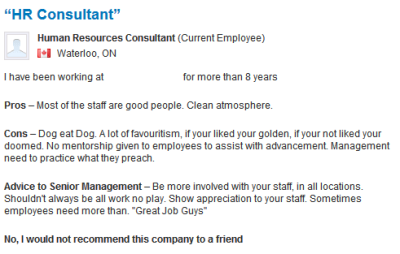
EVP is important to retain your current talent bench. Consider the following true story and how it reflects on the genuineness of the EVP.
 A friend of mine choose to work at a company that articulated messages of career progression and development in the job description, website, branding and interview processes. As an employee, she worked hard to build great relationships and develop her skill set. Messages about commitment to career development and progression were continuously communicated in town halls, intranet sites, emails and corporate communications. After a few years she felt ready to move to the next level within her career tract. With consistently great performance reviews, she anticipated an easy conversation with her Manager on formulating a plan. She raised the subject about career advancement. Her boss listened to her and after a brief pause said; “You’ll need some of these first (pointing to her grey hair) if you want to move up.” In one short sentence the conversation had ended. The employee had taken her Manager’s comments as a clear message that seniority was equal to age. She knew she would not be advancing anytime soon.
A friend of mine choose to work at a company that articulated messages of career progression and development in the job description, website, branding and interview processes. As an employee, she worked hard to build great relationships and develop her skill set. Messages about commitment to career development and progression were continuously communicated in town halls, intranet sites, emails and corporate communications. After a few years she felt ready to move to the next level within her career tract. With consistently great performance reviews, she anticipated an easy conversation with her Manager on formulating a plan. She raised the subject about career advancement. Her boss listened to her and after a brief pause said; “You’ll need some of these first (pointing to her grey hair) if you want to move up.” In one short sentence the conversation had ended. The employee had taken her Manager’s comments as a clear message that seniority was equal to age. She knew she would not be advancing anytime soon.
Completely disengaged, within three months she resigned and went to a direct competitor.
Of course not every employee is pegged for progression. However, this story is reflective of a top performer who believed the company was committed to advancement, irrespective of age. The revelation that the EVP was false (from her perspective) resulted in her becoming disconnected, disengaged and demotivated. No surprise, she does not endorse this company as a great place to work to her network or family. This is a tangible example that the smaller the gap between your EVP promise and delivery; the higher your retention rate can be.
Now that we’ve seen authenticity matters, what can your organization do to create a genuine EVP’s?
- Solicit feedback/crowdsource regularly to understand what works and what can be improved – Don’t rely on annual engagement surveys to assess how people feel. Solicit genuine feedback regularly through different mediums. Highlight what is working and document what could be improved.
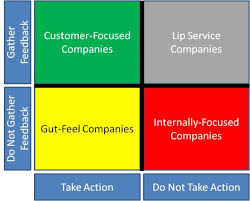
- Action feedback to address gaps – I can’t stress this enough. Feedback is abundant on ways to improve. Yet so often nothing is done to actually address it. Demonstrate you are listening to your employees by actioning feedback. If you don’t it will be seen as disingenuous.
- Update your EVP with endorsed content – Your EVP is only genuine if your employees endorse it. Update it with validated content so it is authentic.
- Revisit your EVP every 3-5 years to align it to your strategy – The workforce is changing. Your strategy changes. Your EVP should be reflective of your strategy.
- Use employees to promote genuine EVP messages through social media channels – Many companies are afraid of employee reviews on social media sites. They tend to want to “shut it down” or ignore it, hoping it will go away. Instead embrace social media sites and build it into your strategy. Provide alternative, genuine experiences on sites like Glassdoor and Indeed to help job seekers make an informed decision about your company.
 There are lots of opportunities to build genuine EVP’s. I hope these few ideas will help you to start thinking about ways to develop authentic messages!
There are lots of opportunities to build genuine EVP’s. I hope these few ideas will help you to start thinking about ways to develop authentic messages!
I would love to hear from you. Feel free to contact me ![]() @annzalie.barrett or
@annzalie.barrett or ![]() LinkedIn.
LinkedIn.

 Not that long ago, thought leaders called upon companies to treat HR as a strategic partner alongside the CEO, CFO, CIO, etc. to bring insights to human capital within the organization. HR, like business functions will need to rely on data, trending and analysis to assess and shape new initiatives. Over the last few years, business functions (marketing, sales, legal, communications, products, operations, compliance; just to name a few) have expanded their data sources to include social media insights, internet analytics, search and traffic patterns. That coupled with “listening” to what people are saying about the company on social platforms provides key information on developing and/or tweaking strategies. This data is also extremely useful for HR to gage satisfaction, employee insights and dissatisfaction.
Not that long ago, thought leaders called upon companies to treat HR as a strategic partner alongside the CEO, CFO, CIO, etc. to bring insights to human capital within the organization. HR, like business functions will need to rely on data, trending and analysis to assess and shape new initiatives. Over the last few years, business functions (marketing, sales, legal, communications, products, operations, compliance; just to name a few) have expanded their data sources to include social media insights, internet analytics, search and traffic patterns. That coupled with “listening” to what people are saying about the company on social platforms provides key information on developing and/or tweaking strategies. This data is also extremely useful for HR to gage satisfaction, employee insights and dissatisfaction.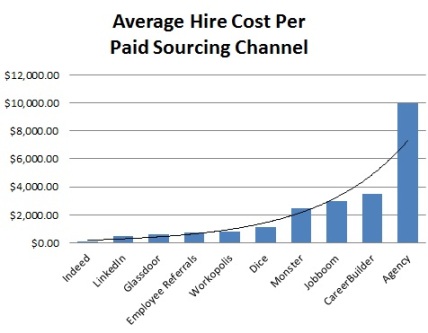
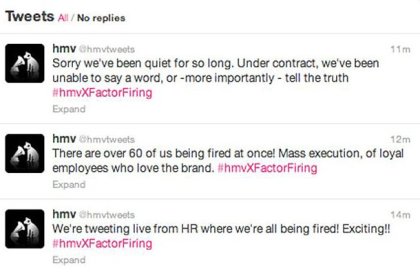
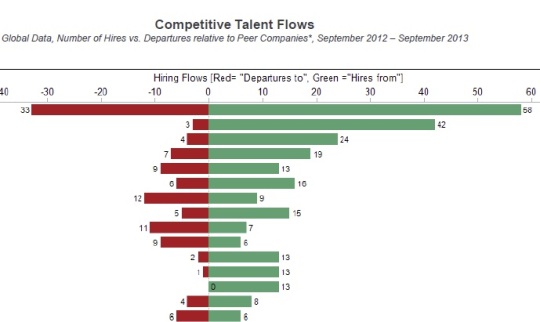
 . I often struggled with how I could use this channel for recruitment. Earlier this year I attended a Brainstorm conference which had one day dedicated to how to use social media for campus recruitment. Although I am not a campus recruiter, I did know that Twitter was an important channel for students and new graduates. Chelsea Newton and Michael Mahoney from
. I often struggled with how I could use this channel for recruitment. Earlier this year I attended a Brainstorm conference which had one day dedicated to how to use social media for campus recruitment. Although I am not a campus recruiter, I did know that Twitter was an important channel for students and new graduates. Chelsea Newton and Michael Mahoney from 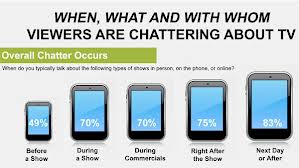 TV viewing. So, I have another confession to make…I too have adopted this practice. On Sunday nights I arm myself with my iPad and tune into to watch one of my favourite shows, The Walking Dead. Through a simple #hashtag thousands of us around the globe tweet our comments, reactions, predictions, etc. before, after and during the show. Many of the actors also tweet their own commentary encouraging further conversation. TV shows such as the Talking Dead take questions from Facebook and Twitter as discussion items for the show. It allows for much broader participation and engagement. The ability to interact with people in a shared conversation through Twitter has changed the way I watch certain shows.
TV viewing. So, I have another confession to make…I too have adopted this practice. On Sunday nights I arm myself with my iPad and tune into to watch one of my favourite shows, The Walking Dead. Through a simple #hashtag thousands of us around the globe tweet our comments, reactions, predictions, etc. before, after and during the show. Many of the actors also tweet their own commentary encouraging further conversation. TV shows such as the Talking Dead take questions from Facebook and Twitter as discussion items for the show. It allows for much broader participation and engagement. The ability to interact with people in a shared conversation through Twitter has changed the way I watch certain shows.
 conversations. At the last conference I attended, conversations and observations were shared collectively through a hashtag. Even if you
conversations. At the last conference I attended, conversations and observations were shared collectively through a hashtag. Even if you 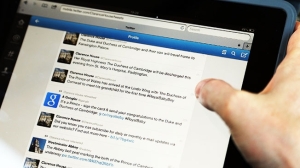
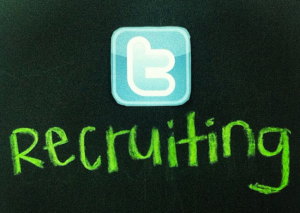

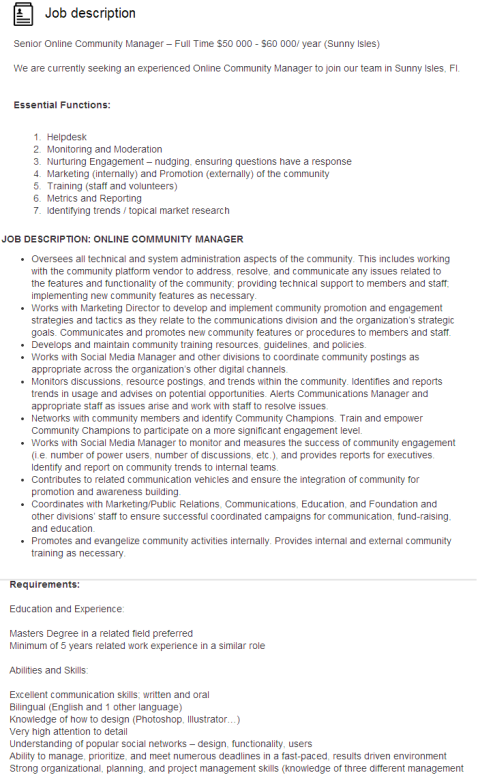
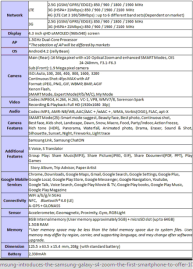
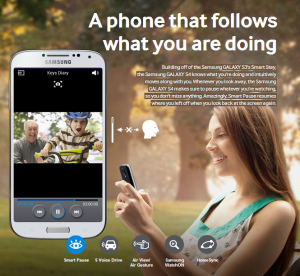
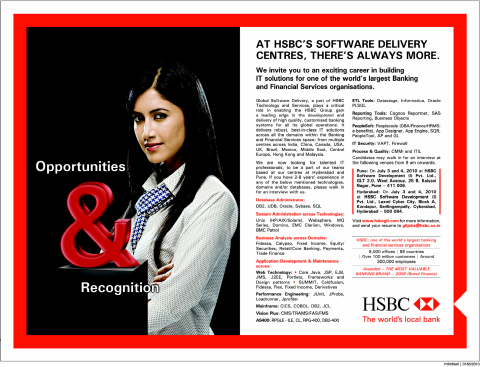
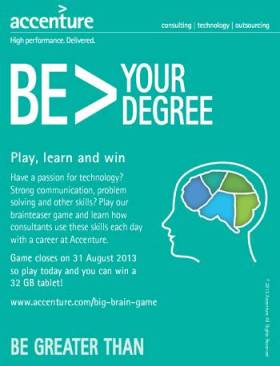
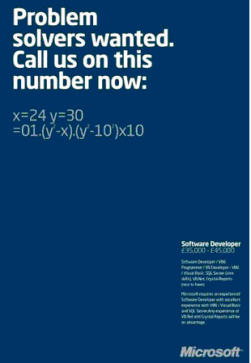
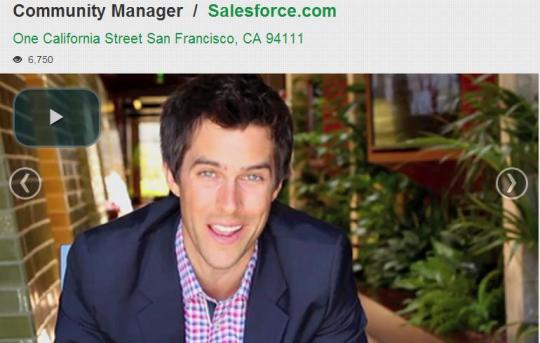


 Every company has a vested interest in promoting how great they are. They want to you buy their product and/or attract top talent. Crowdsourced reviews are powerful because they are authentic. They are reflective of genuine experiences from a variety of people who have interacted with the company.
Every company has a vested interest in promoting how great they are. They want to you buy their product and/or attract top talent. Crowdsourced reviews are powerful because they are authentic. They are reflective of genuine experiences from a variety of people who have interacted with the company.

 It’s my opinion that companies should be grateful for crowdsourcing through sites like TripAdvisor and Glassdoor. Think about it. Customers and employees at no cost; are providing companies with feedback on what they’re doing well and what they can improve on.
It’s my opinion that companies should be grateful for crowdsourcing through sites like TripAdvisor and Glassdoor. Think about it. Customers and employees at no cost; are providing companies with feedback on what they’re doing well and what they can improve on.
 Companies cannot ignore crowdsourcing’s impact on the bottom line any longer. Smart companies will acknowledge suggestions and make improvements to demonstrate they are listening. This willingness to change also builds credibility as reviews validate changes.
Companies cannot ignore crowdsourcing’s impact on the bottom line any longer. Smart companies will acknowledge suggestions and make improvements to demonstrate they are listening. This willingness to change also builds credibility as reviews validate changes.

 In the case of Enterasys it was the CMO’s tweet about a job opportunity that enticed Bilal to reply. Social media has empowered managers and other employees to actively participate in the recruitment process like never before. Many managers have embraced social media as a way to partner with recruitment, actively share jobs to networks and identify possible candidates to contact. At the executive level, interaction via social media is a reflection of an organization’s willingness to working in a modern, forward thinking way.
In the case of Enterasys it was the CMO’s tweet about a job opportunity that enticed Bilal to reply. Social media has empowered managers and other employees to actively participate in the recruitment process like never before. Many managers have embraced social media as a way to partner with recruitment, actively share jobs to networks and identify possible candidates to contact. At the executive level, interaction via social media is a reflection of an organization’s willingness to working in a modern, forward thinking way.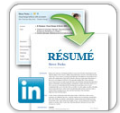 portfolio of accomplishments. Consider that 100 new profiles are created every minute on LinkedIn*. According to mashable.com; student use of LinkedIn increased 700% in 2012 as students and new grads individually and through their schools used the tool as a primary way to learn about new jobs and engage with potential employers. As a result profiles are being used as virtual resumes. As social media log on’s to third party applications continue to proliferate the virtual landscape, applicant tracking systems have also embraced LinkedIn integration’s providing candidates an option to use their profile as the basis of their job application. For those companies still requiring a resume, LinkedIn users can quickly download a copy of their LinkedIn profile in a resume format.
portfolio of accomplishments. Consider that 100 new profiles are created every minute on LinkedIn*. According to mashable.com; student use of LinkedIn increased 700% in 2012 as students and new grads individually and through their schools used the tool as a primary way to learn about new jobs and engage with potential employers. As a result profiles are being used as virtual resumes. As social media log on’s to third party applications continue to proliferate the virtual landscape, applicant tracking systems have also embraced LinkedIn integration’s providing candidates an option to use their profile as the basis of their job application. For those companies still requiring a resume, LinkedIn users can quickly download a copy of their LinkedIn profile in a resume format. Wikipedia defines big data as a collection of sets so large and complex that it becomes difficult to process using on-hand database management tools or traditional data processing applications1. Basically, as more people start to use technology to facilitate transactions more digital data is being collected and stored. At its core, mobile devices, the internet and social media capture multiple terabytes of information. Consider by 2015, the world’s mobile worker population will reach 1.3 billion people2. That’s one out of every six people on the planet will use a mobile device to conduct work. With all of this volume traditional data warehouses can no longer store all of the data being collected. eCommerce companies such as AdKu have created a niche market, offering their services to collect data analyse it, correlate it and highlight both positive and negative trends. This provides a goldmine of rich data. Historical data can be analyzed and used to forecast potential trends and consumer preferences which can be built into business strategic plans.
Wikipedia defines big data as a collection of sets so large and complex that it becomes difficult to process using on-hand database management tools or traditional data processing applications1. Basically, as more people start to use technology to facilitate transactions more digital data is being collected and stored. At its core, mobile devices, the internet and social media capture multiple terabytes of information. Consider by 2015, the world’s mobile worker population will reach 1.3 billion people2. That’s one out of every six people on the planet will use a mobile device to conduct work. With all of this volume traditional data warehouses can no longer store all of the data being collected. eCommerce companies such as AdKu have created a niche market, offering their services to collect data analyse it, correlate it and highlight both positive and negative trends. This provides a goldmine of rich data. Historical data can be analyzed and used to forecast potential trends and consumer preferences which can be built into business strategic plans. with “suggested posts” better known as ads. These posts are not random, but based on big data analysis that serves up targeted, relevant suggestions based on historical trends such as pages you’ve visited, pages you like, search results, etc. Almost all social platforms have an analytics component build into them. Whether you’re on Facebook, Pinterest, LinkedIn and of course Google, companies can use this data to better to understand who their audience is and what content is resonating with them. This subtle, yet effective marketing technique has transformed the way businesses reach potential customers. By looking at historical data and analyzing trends, companies can predict products you may be interested in. Instead of casting a wide net, big data provides the opportunity to cast a smaller, highly relevant net. The end result is higher sales.
with “suggested posts” better known as ads. These posts are not random, but based on big data analysis that serves up targeted, relevant suggestions based on historical trends such as pages you’ve visited, pages you like, search results, etc. Almost all social platforms have an analytics component build into them. Whether you’re on Facebook, Pinterest, LinkedIn and of course Google, companies can use this data to better to understand who their audience is and what content is resonating with them. This subtle, yet effective marketing technique has transformed the way businesses reach potential customers. By looking at historical data and analyzing trends, companies can predict products you may be interested in. Instead of casting a wide net, big data provides the opportunity to cast a smaller, highly relevant net. The end result is higher sales.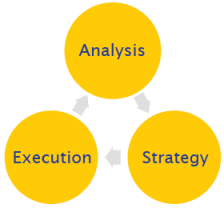 in bulk and allow consumers to purchase them at discounted rates. This model has now evolved where groups of consumers can buy a variety of discounted products on online through digital coupons, or Groupons. The consumer will only get the deal if a number of other people also buy the coupon. To help reach the minimum, Groupon encourages sharing the deal with friends on social networks like Facebook and Twitter. Digital coupons provide the opportunity to collect information and begin to analyze consumer supply and demand trends on a per month, week, day, and even hourly basis[3]. To understand these trends Groupon acquired Adku, an eCommerce company specializing in big data. Analysis on this data means more relevant deals are served up to consumers increasing user adoption and sales. As coupons are shared, more consumer data can be collected and analyzed.
in bulk and allow consumers to purchase them at discounted rates. This model has now evolved where groups of consumers can buy a variety of discounted products on online through digital coupons, or Groupons. The consumer will only get the deal if a number of other people also buy the coupon. To help reach the minimum, Groupon encourages sharing the deal with friends on social networks like Facebook and Twitter. Digital coupons provide the opportunity to collect information and begin to analyze consumer supply and demand trends on a per month, week, day, and even hourly basis[3]. To understand these trends Groupon acquired Adku, an eCommerce company specializing in big data. Analysis on this data means more relevant deals are served up to consumers increasing user adoption and sales. As coupons are shared, more consumer data can be collected and analyzed. Companies can collect and store data pertaining to work experiences, projects, goals, deliverables, performance ratings, work history, job levels, age, gender, accreditations, etc. Many systems also integrate social media accounts such as LinkedIn, Facebook and Twitter. Add to that other system integrations such as applicant tracking systems, payroll systems, background checks, on boarding, etc; and the amount of data that can be analyzed collectively is exponential. This big data provides a wealth of information to companies seeking to understand talent pools, succession planning, retention, etc. at macro and micro levels. Companies can also use data to better understand how overarching enterprise objectives are being imbedded and delivered down the chain. This provides a holistic view of an employee over time and may serve to predict which individuals are top talent.
Companies can collect and store data pertaining to work experiences, projects, goals, deliverables, performance ratings, work history, job levels, age, gender, accreditations, etc. Many systems also integrate social media accounts such as LinkedIn, Facebook and Twitter. Add to that other system integrations such as applicant tracking systems, payroll systems, background checks, on boarding, etc; and the amount of data that can be analyzed collectively is exponential. This big data provides a wealth of information to companies seeking to understand talent pools, succession planning, retention, etc. at macro and micro levels. Companies can also use data to better understand how overarching enterprise objectives are being imbedded and delivered down the chain. This provides a holistic view of an employee over time and may serve to predict which individuals are top talent.
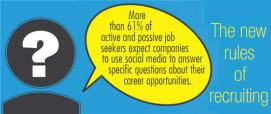
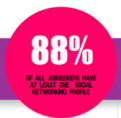
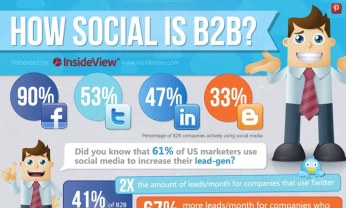
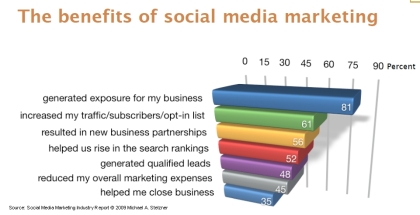

 uptake on social media platforms (as shown). As they enter the workforce they have an expectation they will use some sort of social media platform (internal or external) in their job to collaborate and/or communicate. As a result companies have started to transform the way they communicate, engage and collaborate internally.
uptake on social media platforms (as shown). As they enter the workforce they have an expectation they will use some sort of social media platform (internal or external) in their job to collaborate and/or communicate. As a result companies have started to transform the way they communicate, engage and collaborate internally.




